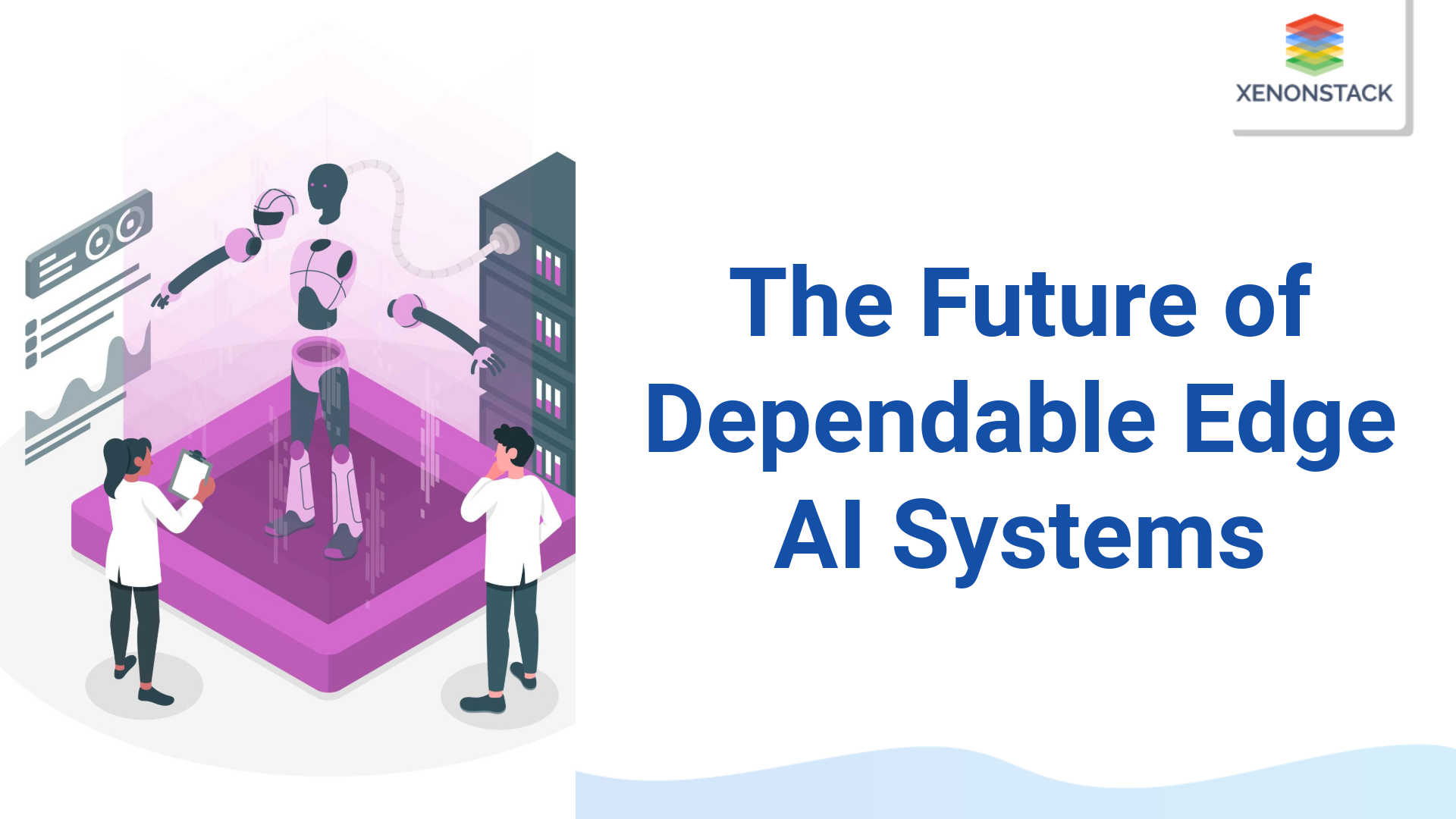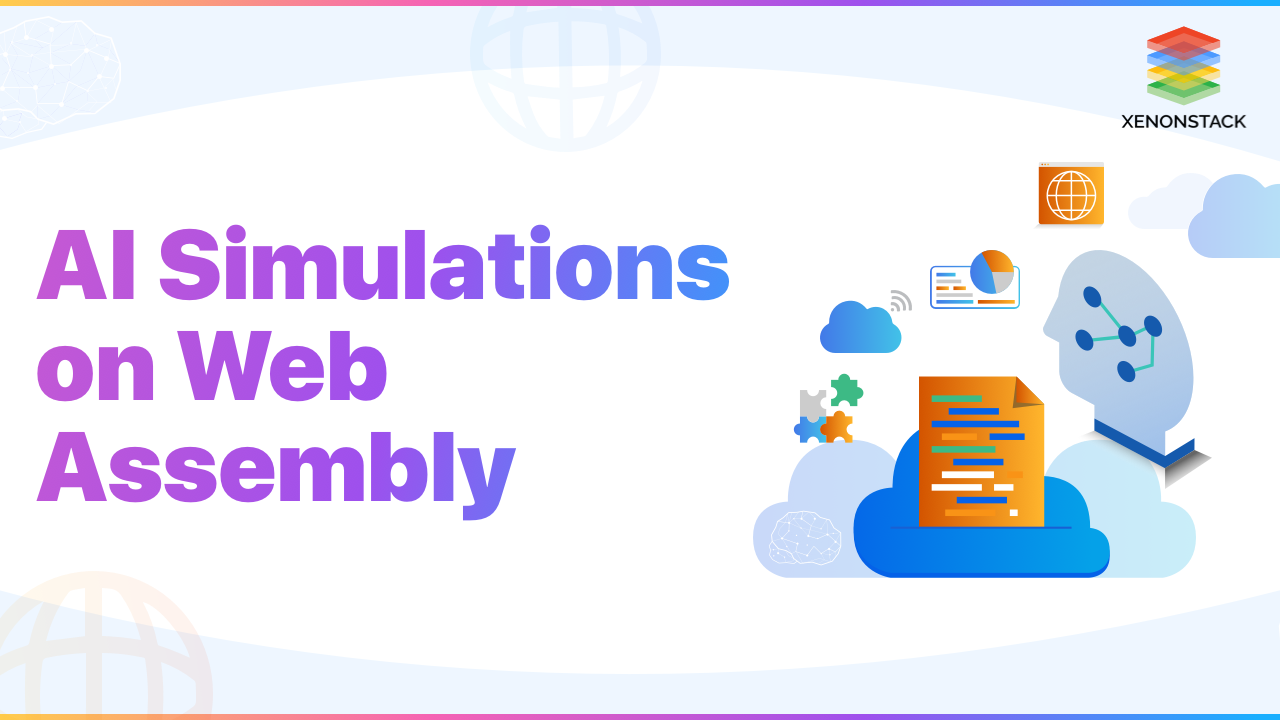We live in an era where technology is evolving rapidly, shaping industries and redefining business processes. One of the most groundbreaking innovations in automation is Agentic Process Automation (APA)—an advanced evolution beyond traditional Robotic Process Automation (RPA). APA leverages AI-driven autonomous agents that not only automate tasks but also learn, adapt, and make intelligent decisions to optimize workflows.
Why Does the Insurance Industry Need APA?
The insurance sector is weighed down by manual, repetitive, and rule-based processes that slow down operations and negatively impact customer experience. Insurers deal with massive workloads in areas such as:
Traditional automation, like RPA, could handle repetitive tasks, but APA goes further by introducing cognitive decision-making and real-time adaptability. greater efficiency, improved accuracy, and enhanced customer satisfaction.
Why is Automation Required in the Insurance Industry?
The insurance industry has long relied on manual data entry, form processing, and customer interactions. These tasks slow operations, increase error rates and lead to poor customer experiences.
Key Challenges Before APA Implementation
-
Operational Inefficiencies: Traditional insurance processes involve manual risk assessment and data entry, which take time and lead to frequent human errors. This inefficiency slows down claim approvals and policy underwriting. APA streamlines these operations by automating data handling and decision-making.
-
Data Overload: The insurance sector deals with large volumes of structured and unstructured data from various sources, including customer applications, financial records, and regulatory documents. Manual processing of this data leads to errors and inefficiencies. APA leverages AI-driven automation to efficiently organize, process, and analyze data for better decision-making.
-
Customer Experience Issues: Slow claims processing and policy approvals create frustration among customers, leading to dissatisfaction and high churn rates. Manual processes contribute to longer wait times and inconsistent service quality. APA enables faster response times and personalized customer interactions through automation and intelligent workflows.
How APA Solves These Challenges
-
Seamless Integration with Legacy Systems: Many insurers still rely on outdated IT infrastructures that are difficult to modernize. APA acts as a bridge, enabling automation without the need for complete system overhauls. It enhances existing workflows by streamlining data exchange and task execution.
-
Cognitive Automation Capabilities: Unlike traditional automation, APA incorporates AI-driven decision-making, reducing human involvement in repetitive processes. It can analyze risk factors, detect fraud, and make real-time underwriting decisions. This improves accuracy, efficiency, and overall operational agility.
-
Intelligent Data Gathering: APA automates the extraction, validation, and analysis of data from both internal and external sources, including customer records, regulatory databases, and market trends. This enables insurance firms to make informed decisions faster, improving risk assessment and compliance
Top 5 Game-Changing Use Cases of Agentic Process Automation in Insurance
The best use cases of APA in the insurance industry are highlighted below:
Claim Registration and Processing
Claim processing requires gathering massive amounts of data from various sources. Current claims systems lack functionality and adaptability and have reached their practical limits, resulting in a high level of human processing. As a result, productivity and flexibility have suffered, leading to slower service and a worse customer experience. AI Agents are increasingly being included in the claims management process to reduce costs.
Agentic Process Automation (APA) has a range of commercial benefits. In the insurance industry, APA provides solutions for integrating multiple claim processing data from many sources. It can automate work processes in the insurance industry, such as:
This results in a faster process and a better customer experience. Other processes that can be automated include:
-
Claims intake
-
Claims Assessment
-
Claims Settlement
Underwriting
Another aspect of insurance that is ideal for automation is underwriting. It involves acquiring and evaluating data from various sources to assess and reduce the risks associated with the policy in question, such as:
-
Health Risks: When an applicant smokes, their mortality charges, and hence their premiums, will rise, especially when compared to their current age.
-
Financial Limits: If the applicant's current net worth is $X, their insurance coverage (death benefit) cannot exceed $10X.
-
Creditworthiness: What is the applicant's credit rating determined by third-party companies such as Experian or TransUnion CIBIL Limited?
-
Duplicate Policies: Does the applicant already have a policy in their name?
Agentic Process Automation automates the data collection from various external and internal sources, reducing underwriting time. It can also populate many fields in internal systems with pertinent data, generate reports, or make recommendations while measuring run loss, thus automating the process that forms the foundation for underwriting.
How banks, financial institutions and insurance companies are the most eminent users of the automatic processes by RPA. Click to explore about, RPA for Financial Services
Regulatory Compliance
The insurance industry has never been subjected to greater regulatory scrutiny than it is now. When documenting work and creating audit trails, the insurance industry follows tight requirements. With so many complex and error-prone processes in the insurance industry, the danger of a regulatory violation increases.
Because it eliminates the need for significant workers to go through operations manually and enforces regulatory compliance, automation is crucial in helping organizations improve regulatory procedures. In the insurance industry, APA may automate things like validating existing customer information, generating regulatory reports, and sending out account closure processing notices. Other processes that can be automated include:
-
Customer research
-
Customer data security
-
Compliance checking
Process and Business and Analytics
Only by measuring what they're doing will insurance firms improve and better serve their clients. It's tough to track and measure operational efficiency or find areas for improvement because there are so many operational and paper-intensive processes.
With automation processes in place, software robot tasks can be easily tracked without manual effort. The number of transactions handled and exceptions encountered can be measured by utilizing APA in insurance. The audit trail provided by APA promotes regulatory compliance and, as a result, process improvement. As a result, claim and customer service response times increase, and customers benefit from simplified applications.
Cooperate Offices
Back-office workers can be redeployed into front-office roles, where they may focus on complicated customer demands and produce growth, freed from mundane and regular activities. Below are some other examples of how APA can improve the efficiency of insurance operations.
-
Finance and Accounting: APA systems may automate a substantial percentage of daily bank reconciliations by performing clicks, keystrokes, hitting buttons, template auto-fill, copy-pasting information, field entries, and more, reducing transactional expense and policy-cost footprint.
-
Sales and Distribution: APA can help with the frightening and challenging work of insurance sales and distribution. Some of the processes that can be automated include creating sales scorecards and sending notifications to agents, as well as compliance, legal, and credit checks.
-
Policy Cancellation: We can utilize APA to automate the Policy Cancellation process, saving time and eliminating errors. It closely adheres to the cancellation regulations and procedures, ensuring no confusion. The APA process usually includes Mainframe, web-based applications, and Outlook to follow the cancellation process from beginning to end. A robot may also work 24 hours a day, enhancing the handling of many applications.
Key Benefits of APA for Insurance Providers
APA improves insurance firms by enhancing compliance, making claims handling easier, and increasing overall efficiency, in addition to automating operations. Some of the advantages of employing APA bots for your insurance company include:
Process claims become faster
Employees need to collect data from several departments and feed it into various systems to process claims. Employees spend a lot of time manually processing applications. Customer satisfaction suffers as a result of the long processing time. APA allows bots to gather data from several systems and put it all together in one place, making claim processing much easier.
Boosts Data Accuracy
APA bots, unlike human workers, execute data entry 24 hours a day, seven days a week, with no interruptions. APA bots must be properly programmed to collect the correct data.
Simplified New Business Onboarding
Scaling to satisfy the demands of each customer becomes more complicated when insurance businesses add more clients. APA bots can automate the majority of the onboarding process, speeding up the process and improving the customer experience.
APA bots do not necessitate the installation of new infrastructure. APA can be integrated into an organization's existing infrastructure to aid processes in sales, marketing, human resources, and others. Said APA improves existing systems, allowing them to operate better than ever before.
Future Trends of APA in the Insurance Industry
The landscape of the insurance industry is rapidly evolving, driven by technological advancements and changing customer expectations. As Agentic Process Automation (APA) continues to gain traction, several future trends are emerging that will shape its application in the insurance sector. Here are some key trends to watch:
Increased Adoption of Hyperautomation
Hyperautomation refers to the combination of APA with advanced technologies such as Artificial Intelligence (AI) and Machine Learning (ML). This trend will enable insurance companies to automate routine tasks and complex decision-making processes. For example, integrating AI with APA can enhance fraud detection automation by analyzing patterns in claims data to identify anomalies more effectively. This synergy will lead to smarter automation solutions that improve operational efficiency and customer experience in insurance.
Expansion of APA Use Cases
As insurance companies become more familiar with APA capabilities, the range of APA use cases in insurance is expected to expand. Beyond traditional applications like claims processing and policy administration, insurers will explore automation in areas such as underwriting, regulatory compliance, and customer service automation. For instance, automating underwriting processes can significantly reduce turnaround times by quickly gathering and analyzing data from multiple sources.
Enhanced Customer Experience through Automation
The demand for personalized services is rising within the insurance industry. APA will play a crucial role in enhancing the customer experience in insurance by streamlining interactions and providing timely responses. With APA tools, insurers can automate routine inquiries, policy renewals, and claims status updates, allowing human agents to focus on more complex customer needs. This shift not only improves service quality but also increases customer satisfaction.
Integration with Legacy Systems
Many insurance companies still rely on legacy systems that can hinder efficiency. Future APA solutions will increasingly focus on seamless integration with these existing systems, allowing insurers to leverage their current infrastructure while automating processes. This capability will facilitate smoother transitions to digital operations without the need for complete system overhauls.
Focus on Regulatory Compliance Automation
Maintaining compliance is a significant challenge in the insurance sector due to ever-evolving regulations. APA can simplify this process by automating compliance reporting and data validation tasks. As regulatory requirements continue to tighten, the demand for robotic process automation services that ensure adherence to these standards will grow, making compliance a key area for APA deployment.
Growth of APA Companies and Solutions
The market for APA solutions is expanding rapidly, with numerous APA companies emerging to meet the growing demand from the insurance sector. These companies are developing innovative tools tailored specifically for insurance applications, enhancing the overall effectiveness of automation initiatives. As competition among APA vendors increases, insurers will benefit from a wider range of options and more competitive pricing.
Data-Driven Decision Making
As insurers collect vast amounts of data through automated processes, there will be a stronger emphasis on using this data for strategic decision-making. Advanced analytics powered by APA can provide insights into operational performance, customer behaviour, and market trends, enabling insurers to make informed decisions that drive growth and innovation.
Final Thoughts: The Path Ahead for Insurance with Agentic Process Automation
Customers' needs are changing rapidly, and the insurance industry faces increased competition. Because the insurance business relies on back-office process efficiency, insurers have begun to use APA to automate transactional, routine, rules-based operations so that capital and talent can be repurposed for more sophisticated and strategic work.
APA can help insurers increase profits, improve compliance, maintain long-term company growth, and provide excellent customer service while cutting expenses and reducing customer dropout rates. Owing to its flexibility and benefits, automation's adoption by the insurance industry is only predicted to become inevitable.





